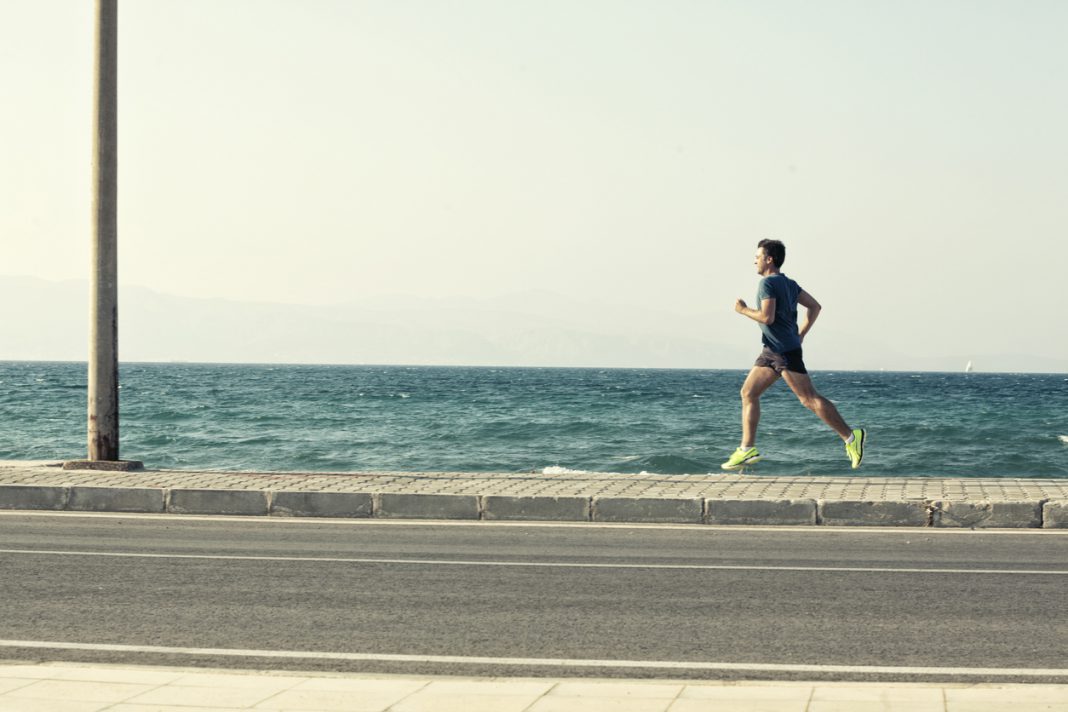As we all buckle in for a bit longer at home, the team at Kinetics have a bit of insight to share from previous lockdowns. Here are three common injuries that tend to crop up, and three ways to help avoid them!
3 common injuries
1. Achilles injuries – when most of our normal activities are restricted, many of us resort to pounding the pavement for regular walks and runs. This is great – but one of the common side effects is overload of the Achilles tendon. Characterized by stiffness and discomfort at the beginning of a run that often eases as you keep going, in the latter phases of injury it also causes morning pain and restriction.
2. Iliotibial band (ITB) friction – the band of fascia that runs down the outside of the thigh often causes a compression and rubbing issue around the outer knee. This causes considerable pain as your run or walk progresses and unlike the Achilles, it doesn’t usually ease up.
3. Plantar heel pain – the arch or plantarfascia also tends to get grumpy when it is suddenly dealing with more walking or running than what it is used to. This can also ease as you keep walking but then gets worse afterwards, also causing pain and stiffness in the morning. It is often characterised by a ‘stone bruise’ feeling under the heel.
3 tricks to avoid them!
1. The most effective way to avoid all these issues is actually one simple message…our body is great at adapting to load, but NOT very good at doing it quickly. So, despite your new-found enthusiasm for walking, jogging or running…make sure you gradually increase how much you do. Start with going out for a manageable distance every other day. As a guide, if you get to the end of the run and feel you could have gone longer – that is probably the right amount! If the feeling is more that of being hit by a bus…that’s probably a bit much!!
2. Strength! Exercises that improve the strength of your lower limb muscles are a good thing to do in conjunction with your new past-time. Exercises with exercise bands or even simple body weight squats or calf raises can help to prime and condition these muscles to load.
3. Crosstrain. Doing a variety of different exercise helps our body to build tolerance to loading. In addition to walking, go for a bike ride, use a rowing machine or exercycle, do an online resistance class or even try some at-home Pilates! Variety helps to ensure that one structure doesn’t get overloaded too much.
If you ‘run’ into trouble then the Kinetics team are available for Telehealth consults. Hopefully with the few tricks above you manage to avoid our services and instead we see you happily running the streets!







































